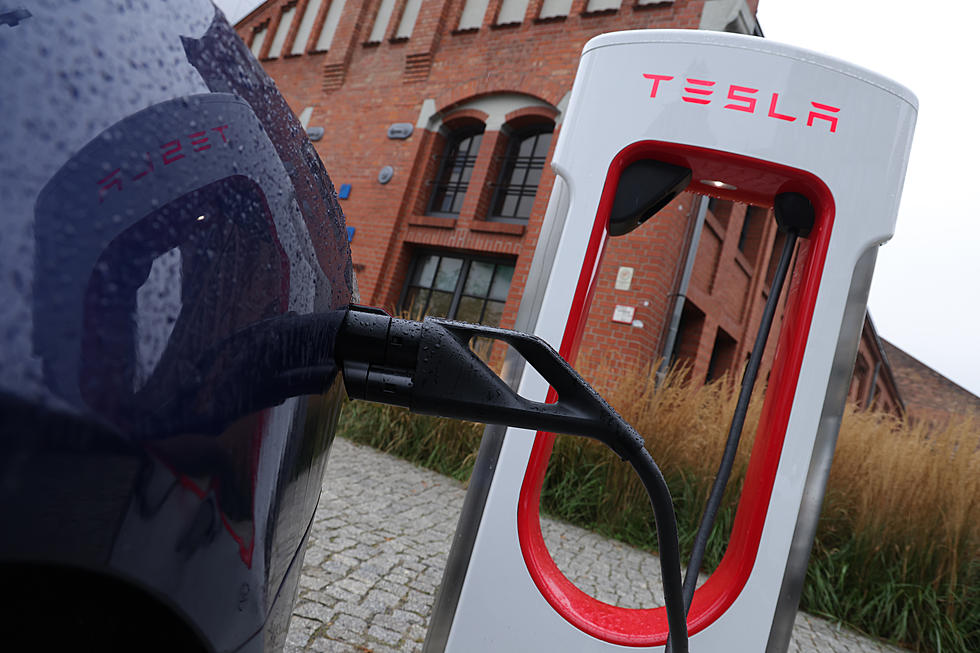
Unintended Consequences of The GM Bailout
Way back in 2007 a recession started. I’m sure you all remember it. Unemployment up, the US dollar losing value, stock market tanking, it was a fun time. During that historic recession Congress approved some stimulus packages. One such package was the bail out of automaker giants General Motors and Chrysler.
Two Companies; Only One-Way Out
An all out bankruptcy of GM could have lasted for months and totally destroyed the company. Would you buy a car from a bankrupt company? Three options were considered but the final decision was to break the company into two parts and kill the unproductive part.
The two companies were named OldCo and NewCo. Oldco would consist of the lines of cars that would no longer be made — Hummer, Saturn, Saab and Pontiac. NewCo would work with, and attempt to make, Chevrolet, Cadillac, GMC and Buick the new profit centers of the revamped company. Dividing the companies before the bankruptcy would push it through the courts in a matter of days not months. Treasury came on board and agreed to fund NewCo and GM would be saved but the taxpayers and bondholders were on the hook for big losses.
GM Bankruptcy
The largest industrial bankruptcy in history took place on June 1, 2009. GM came to court with $82 billion in assets and $173 billion in liabilities.
Unions came out of the deal much better than individual investors and bondholders. The unions got a 39 percent ownership of GM, $10 billion in cash spread over several years, and a healthcare benefit claim of $20 billion all unsecured. Bondholders were left with about five cents on the dollar.
In December of 2013 the Treasury sold the last of its GM stock at a $10.5 billion dollar loss to taxpayers. Ally Financial, a GM auto-lender, is still on the hook to taxpayers to the tune of $5 billion and the American public still owns 64 percent of GM.
Recalls and Damage Claims
On June 1, 2009 the old GM ceased to exist and the new GM took over so all’s right with the world right? Well not exactly. As part of the restructuring of the company GM’s new company would only honor product liability on vehicles produces after it was released from the bankruptcy. Any complaints or defects on automobiles produced before 2009 would have to go to bankruptcy court. As of this writing any attempts to sue for pre-2009 defects have failed in court.
Vehicles built between 2003 and 2007 have an ignition switch issue that has been related to 31 accidents and 13 deaths. While there is little relief available for those injured parties the company could be fined for a record $35 million by the National Highway Transportation and Safety Administration.
Some Final Thoughts
Once again we find the government interfering with the natural order of business. If a company is mismanaged, not matter what its size, it should be allowed to die. There is a reason there are no more Nash Ramblers, Desoto’s, Studebaker’s, or Duisenberg’s.
Those companies either failed monetarily or they failed to attract the numbers of customers to stay in business. The markets are much better than politicians to decide what products should be saved and which should go. And, no company should be absolved on liability for poor products simply by putting a few legal paragraphs together. Ford is laughing all the way to the bank.
More From KMMS-KPRK 1450 AM





![[POLL] Will You Got Back to Restaurants and Bars When They Open?](http://townsquare.media/site/8/files/2017/04/Adam-Berry.jpg?w=980&q=75)
![[POLL] Should wearing a mask in public be mandatory?](http://townsquare.media/site/8/files/2020/04/GettyImages-1213079528.jpg?w=980&q=75)
![[POLL] Will You Tune Into The Tom and Shane Saturday Show?](http://townsquare.media/site/8/files/2020/04/TomShaneFB.jpg?w=980&q=75)

